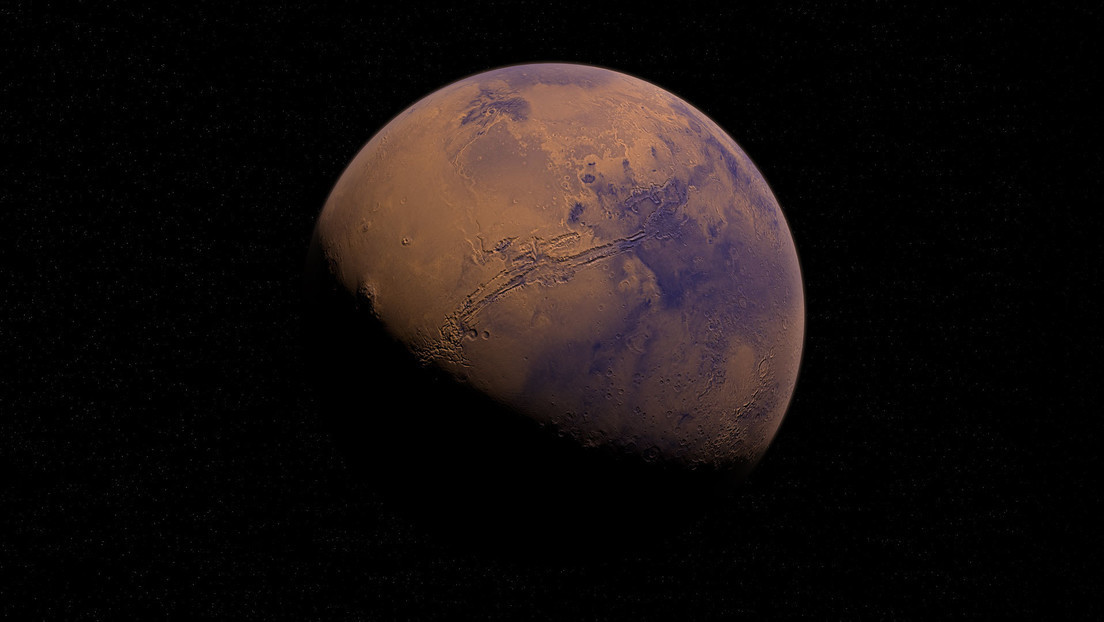Published:
14 dic 2021 23:34 GMT
Although it is still believed that all the water in the Red Planet is currently frozen in polar caps and underground ice, researchers believe that some of it could be buried several kilometers deep along with minerals.
Researchers at Pinghamton University (New York, USA) argue Study Most of the water on Mars recently may have been trapped inside Clay minerals, Also known as smectite and is located miles below the surface.
A Release Released this Tuesday, scientists point out that there is evidence for the formation of rivers and lakes on Mars, however, there is no water on their surface today.
David Jenkins, a professor of geological sciences and environmental studies at Pinghamton University, and Brittany Dibasquale, a former graduate student, discovered that smectite was abundant. Iron, With minimal thermal stability, capable of forming at depths up to 30 kilometers Also it can save the missing water of the red planet. On Earth, smectite usually occurs as a result of a reaction between rock and water, although the conditions for such a reaction are poorly determined.
“Until recently, many people, including myself, thought that the water that once existed on Mars was now ice in polar caps and ice underground,” Jenkins said, revealing that satellites have been orbiting the planet for the past few years. Gathered enough information to determine Not enough The disappearance of “the lowest water estimates ever made on Mars” cannot be attributed to the amount of ice present or the loss of steam.
“We have seen that iron with low thermal stability of smectite is stable up to smectite temperature. At a depth of 30 km at about 600 C, It was clear that smectite could be a significant deposit for the ‘missing water’ on Mars, “said the expert, who carried out the necessary tests in his laboratory.
However, Jenkins and Dibasquel’s theory cannot be proven at this time because there are currently no instruments capable of sufficiently penetrating the planet’s surface. “The very difficult question of the total amount of clay ores on the surface or in the environment near the surface of Mars has not yet been determined with the accuracy necessary to confirm that clay ores can exist. The dominant reservoir on MarsLamented the scientist.


:quality(85)/cloudfront-us-east-1.images.arcpublishing.com/infobae/SMPW7M5BQFERBOQUPJXKCOKARY.jpg)
:quality(85)/cloudfront-us-east-1.images.arcpublishing.com/infobae/NP5NEZXMZFGNLBHNEQJHPJVMKM.jpg)

:quality(85)/cloudfront-us-east-1.images.arcpublishing.com/infobae/X7DZAL3I4REJTKPZ4Y4DYBHFMI.jpg)